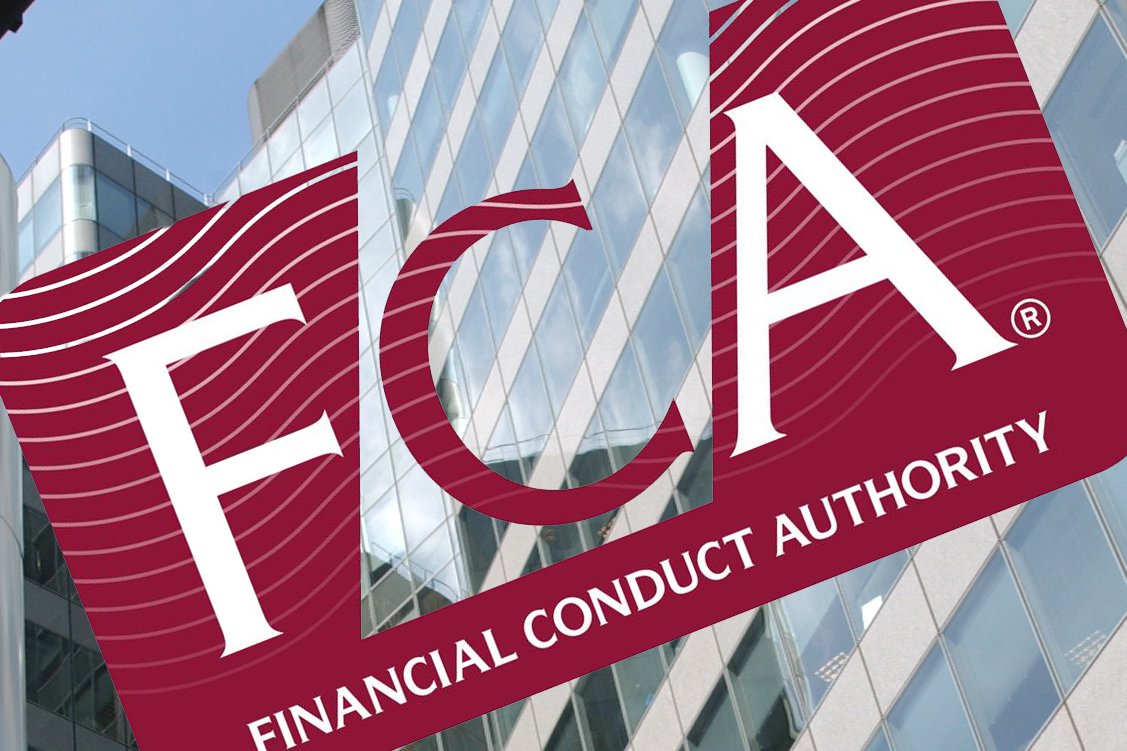By Rupert Thompson, Investment Strategist at Kingswood
Equity markets unwound over the past week a further bit of their rebound from their low on 8 March. Global equities lost 1.5% and are now down some 4.5% from their high point late last month and 7.4% from their all-time high in early January.
Meanwhile, the sell-off in bonds continued. 10-year US Treasury yields are up to 2.85% and have risen as much as 1.0% since equities bottomed on 8 March. 10-year UK gilt yields have also increased sharply to 1.88%, leaving gilts now nursing hefty losses of close to 10% year-to-date.
As expected, inflation rose even higher in March in the US and UK on the back of the Ukraine-related surge in commodity prices. The headline rate in the US rose to a 40-year high of 8.5% while the core rate edged up to 6.5%.
There is some speculation that US inflation may finally be at or close to a peak but this is not yet the case for the UK. Inflation here increased considerably more than expected to a 30-year high of 7.0% and could reach as high as 9% next month.
The surge in inflation looks certain to prompt further tightening by the Fed and the BOE at their next meetings in early May. While the BOE is likely to stick with 0.25% rate hikes, the Fed looks set to step up the pace of tightening with a 0.5% increase.
Inflation has also reached 7.5% in the Eurozone but the ECB last week stuck to its plan for only a gradual tightening of policy. Quantitative easing is set to end in the third quarter and a rate rise or two looks probable later in the year, although the central bank remained noncommittal on this front.
The ECB’s more relaxed stance is partly because the war in Ukraine poses a much more obvious threat to growth in the eurozone than in the US and UK. Even so, talk of a US recession is on the increase as a result of the US yield curve flirting with inversion (a fairly reliable signal in the past) and the aggressive tightening plans of the Fed.
The risk of a US recession next year has undoubtedly risen but is not our base case. US consumers and companies are both in very good health and the Fed’s tightening plans still see rates peaking at low levels by historical standards. That said, the path to a soft-landing is quite narrow and past experience is not that reassuring.
In China, growth is being threatened not by Ukraine or policy tightening but its zero covid policy. Shanghai has now been in lockdown since late March. Monday’s numbers showed stronger than expected growth in the first quarter, with GDP up 4.8% on a year earlier. However, a sizeable drop in retail sales in March highlighted the hit from the wave of lockdowns. The authorities are easing policy to support growth, with a further move on Friday, but they are doing so only gradually.
The big US banks were the other focus of market attention last week. Their first quarter results were a mixed bag with JPMorgan disappointing but Citigroup and Bank of America beating expectations. Still overall, there were no major surprises and the US financial sector remains on course to see earnings down around 20% on their blow-out quarter a year earlier.





